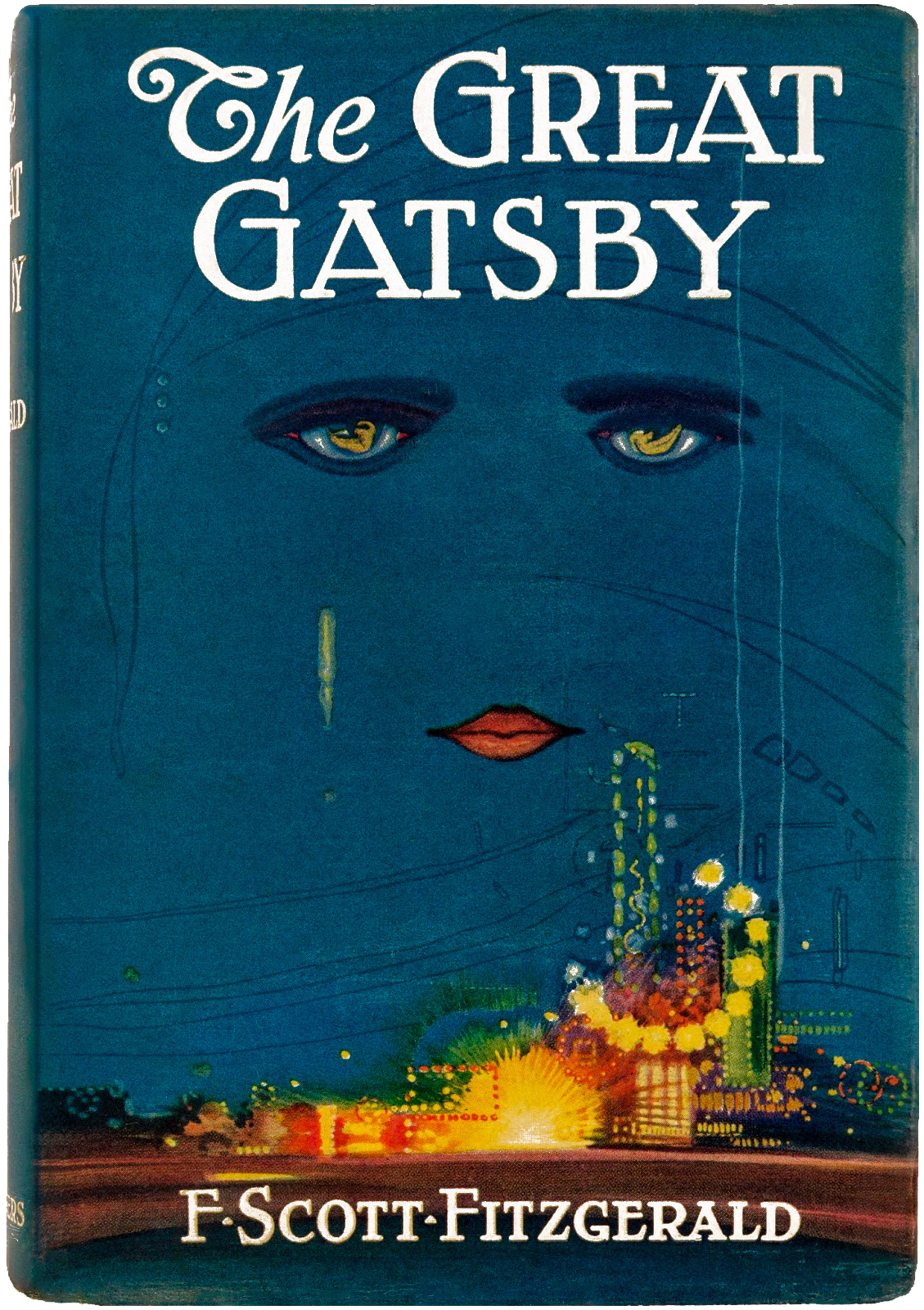Thinking Activity
The Great Gatsby
# Creative and Analytical Activities:
(i) Modern Reimagining:
In a modern setting, one key scene from "The Great Gatsby" could be reimagined as follows: Instead of Gatsby's extravagant parties at his mansion, the scene could take place at a high-profile celebrity event or exclusive nightclub in a bustling city like New York. Instead of elegant jazz music filling the air, thumping electronic beats pulse through the venue. The opulent displays of wealth are replaced by flashy designer clothes, expensive cars, and VIP bottle service. The characters mingle amidst a sea of flashing lights and smartphone cameras, each striving to capture the attention and admiration of their peers on social media. The modern reimagining reflects the same themes of excess, superficiality, and the pursuit of the American Dream, but within the context of contemporary society and technology.
(ii) Symbolism Analysis:
Key symbols in "The Great Gatsby" include the green light, which represents Gatsby's unattainable dreams and aspirations, the eyes of Doctor T.J. Eckleburg, symbolizing the moral decay and spiritual emptiness of the characters, and Gatsby's parties, which symbolize the superficiality and decadence of the Jazz Age. The green light across the bay represents Gatsby's longing for Daisy and his belief in the possibility of recapturing the past. The eyes of Doctor T.J. Eckleburg, looming over the Valley of Ashes, symbolize the moral corruption and spiritual bankruptcy of the characters, as well as the decay of the American Dream. Gatsby's extravagant parties, filled with excess and indulgence, serve as a symbol of the superficiality and emptiness of the Jazz Age, where appearances often mask deeper truths.
(iii) Historical Context Exploration:
"The Great Gatsby" is set in the 1920s, a period known as the Roaring Twenties, characterized by economic prosperity, cultural upheaval, and social change. The novel reflects the hedonism and excess of the Jazz Age, as well as the disillusionment and moral ambiguity that followed World War I. The characters' pursuit of wealth, status, and pleasure mirrors the materialism and shallowness of the era, while themes of love, identity, and the American Dream resonate with broader cultural concerns of the time. The novel also explores issues of class, race, and gender, reflecting the social tensions and inequalities of 1920s America.
(iv) Comparative Analysis:
"The Great Gatsby" can be compared to F. Scott Fitzgerald's other novel, "Tender Is the Night," which explores similar themes of wealth, ambition, and moral decay. Both novels depict the glittering facade of the Jazz Age and the dark underbelly of excess and disillusionment. However, while "The Great Gatsby" focuses on the rise and fall of Jay Gatsby and the elusive nature of the American Dream, "Tender Is the Night" delves into the disintegration of a marriage and the moral decline of its protagonist, Dick Diver. Despite their differences in plot and characterization, both novels offer poignant critiques of the values and aspirations of their time, capturing the spirit of the Jazz Age and its aftermath.
Thank You for Visiting.




No comments:
Post a Comment